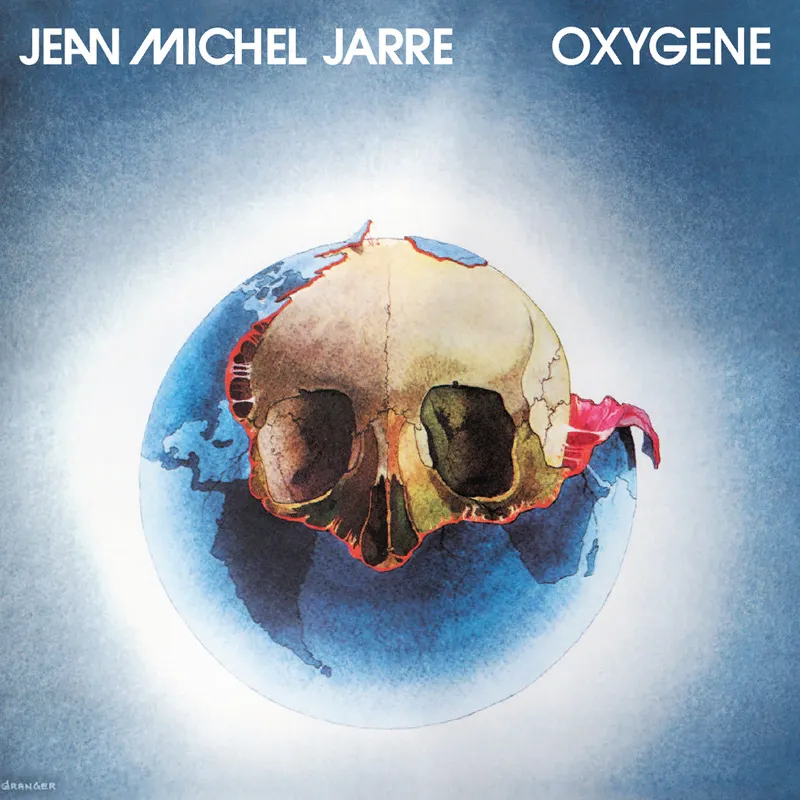Jean Michel Jarre — Oxygene. Brief story behind artwork and album

It happens that the anniversary reissue of Oxygene came out last December. Quite beautiful: the first disc was recorded forty years ago, its second part—twenty years ago, and now, another twenty years later we have the whole triptych in our hands. Everything led to this:
After the concert albums, the time of contemporary remixes came and then—a bright change and return to roots—a live performance of the first and most famous album, with the same instruments and several musicians. The audience was always warned before the concert that something might go wrong—if even fashionable digital synths were slow sometimes, what could you expect from analogue ones that were almost fifty years old? But this didn’t make the audience smaller — who would refuse to listen to the album that surrounded your youth, childhood or entire life played live? The concert disc Oxygene: Live in Your Living Room was completed with quite enjoyable interludes between its parts. That was the first step towards the trilogy.


